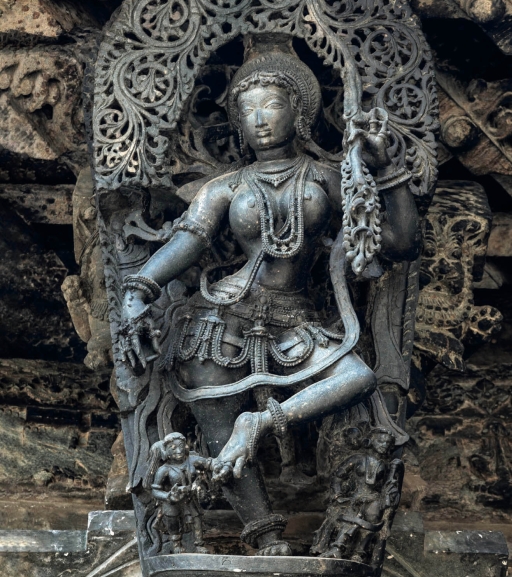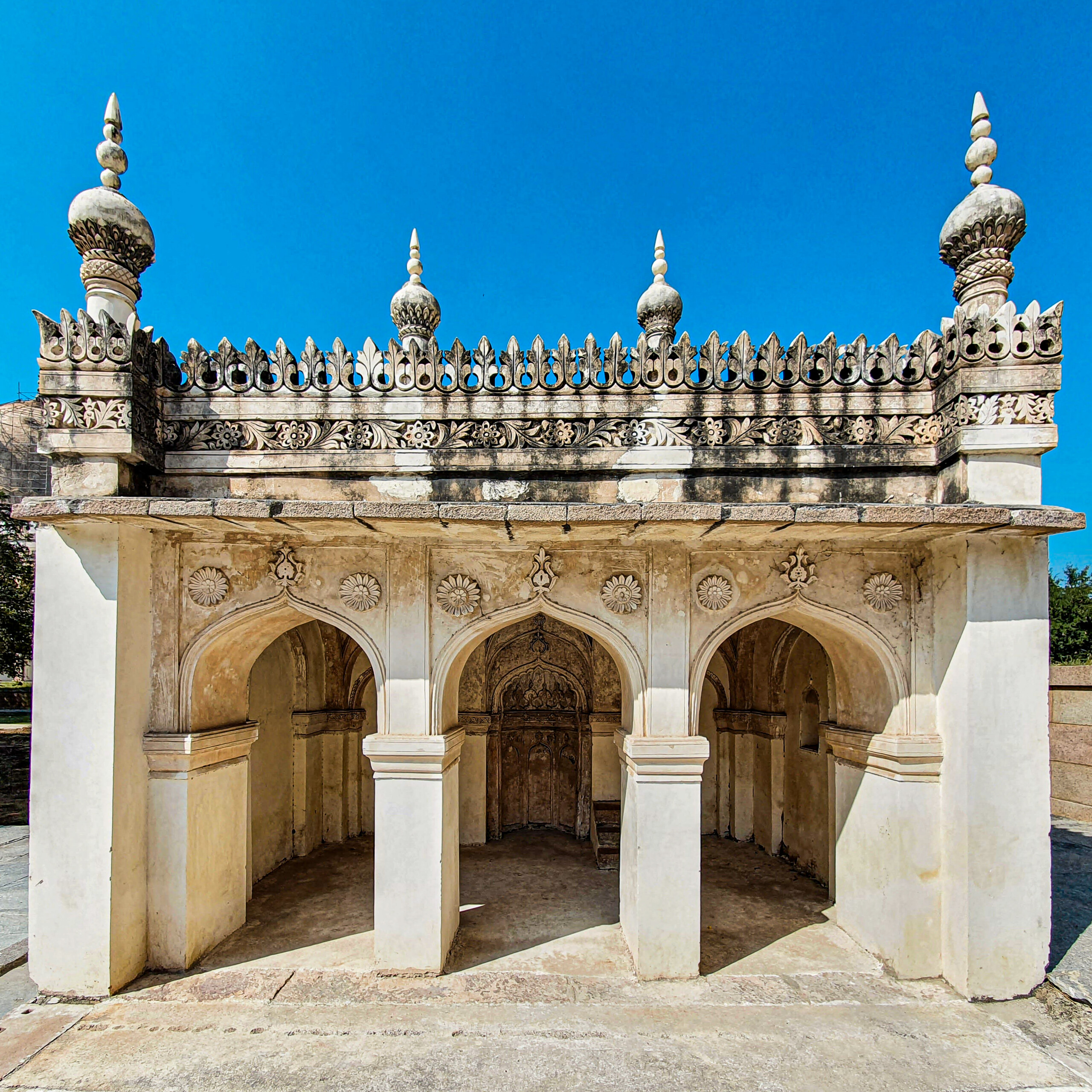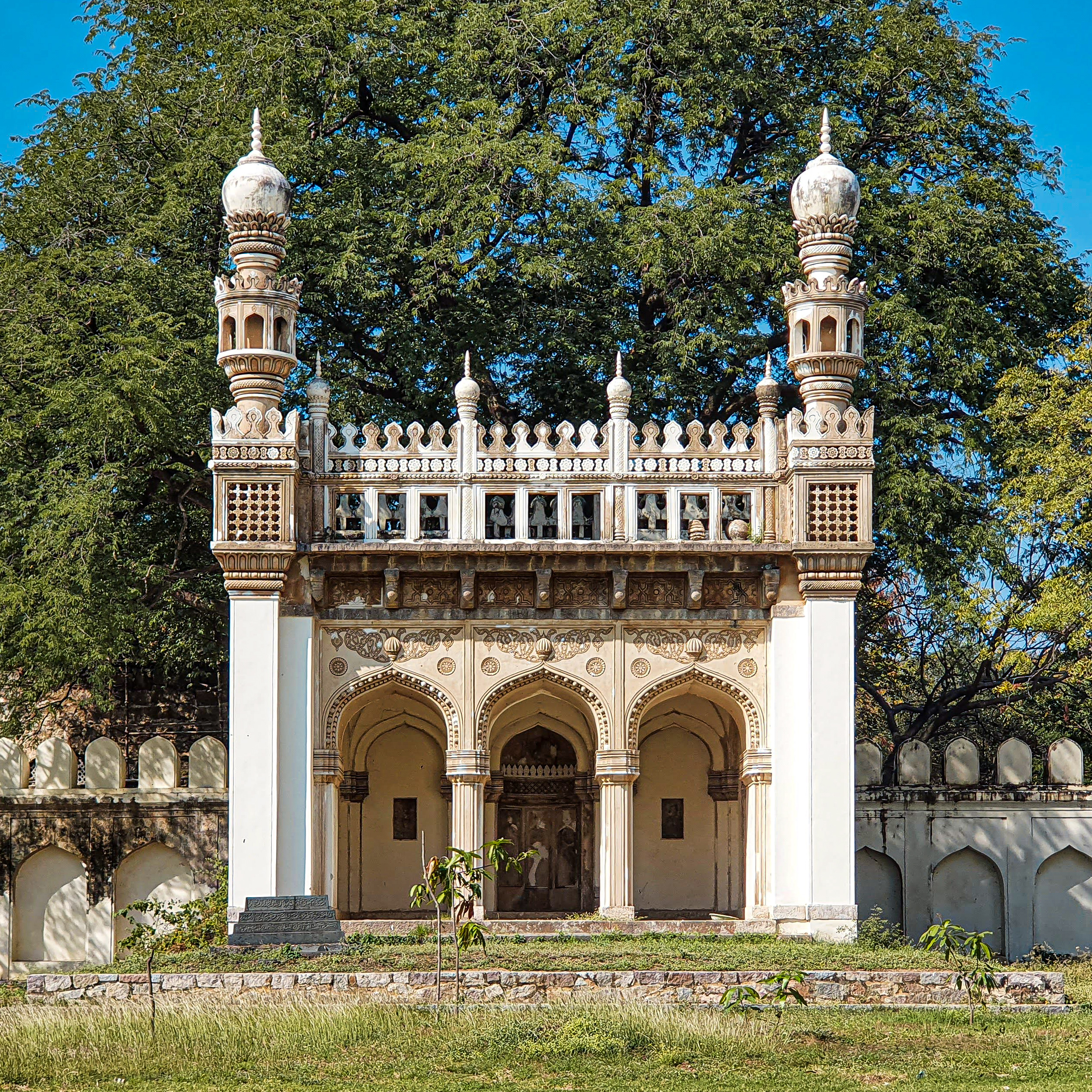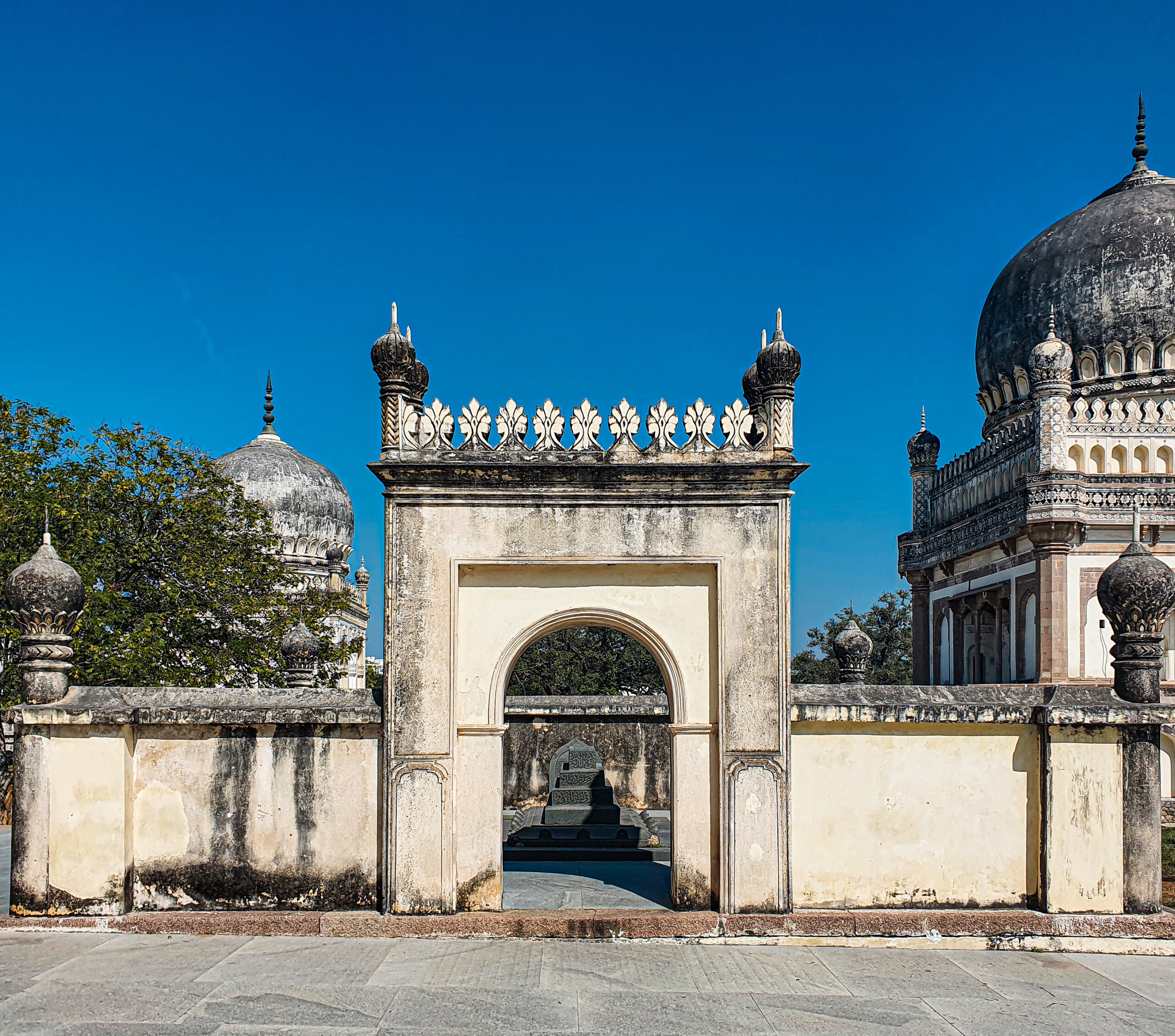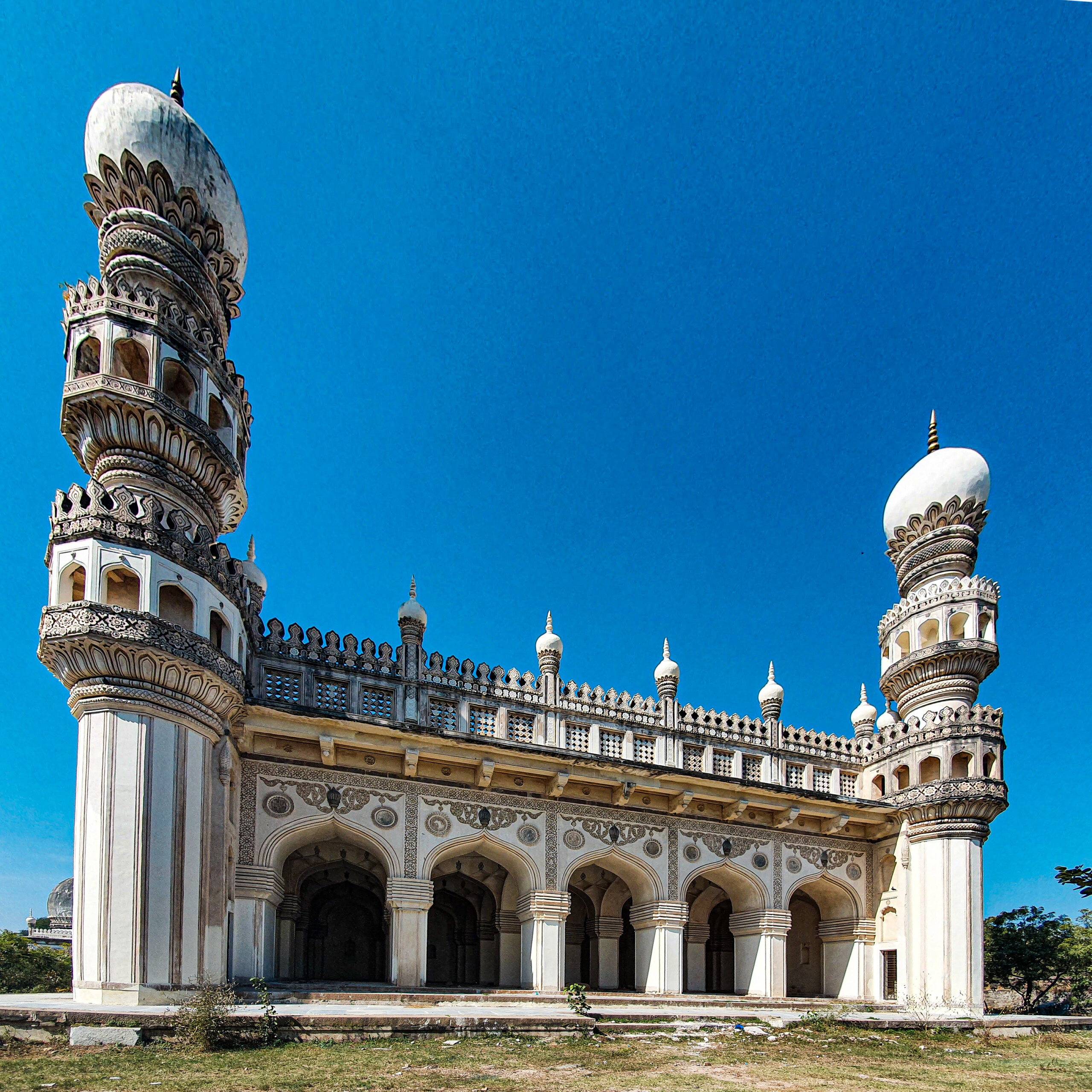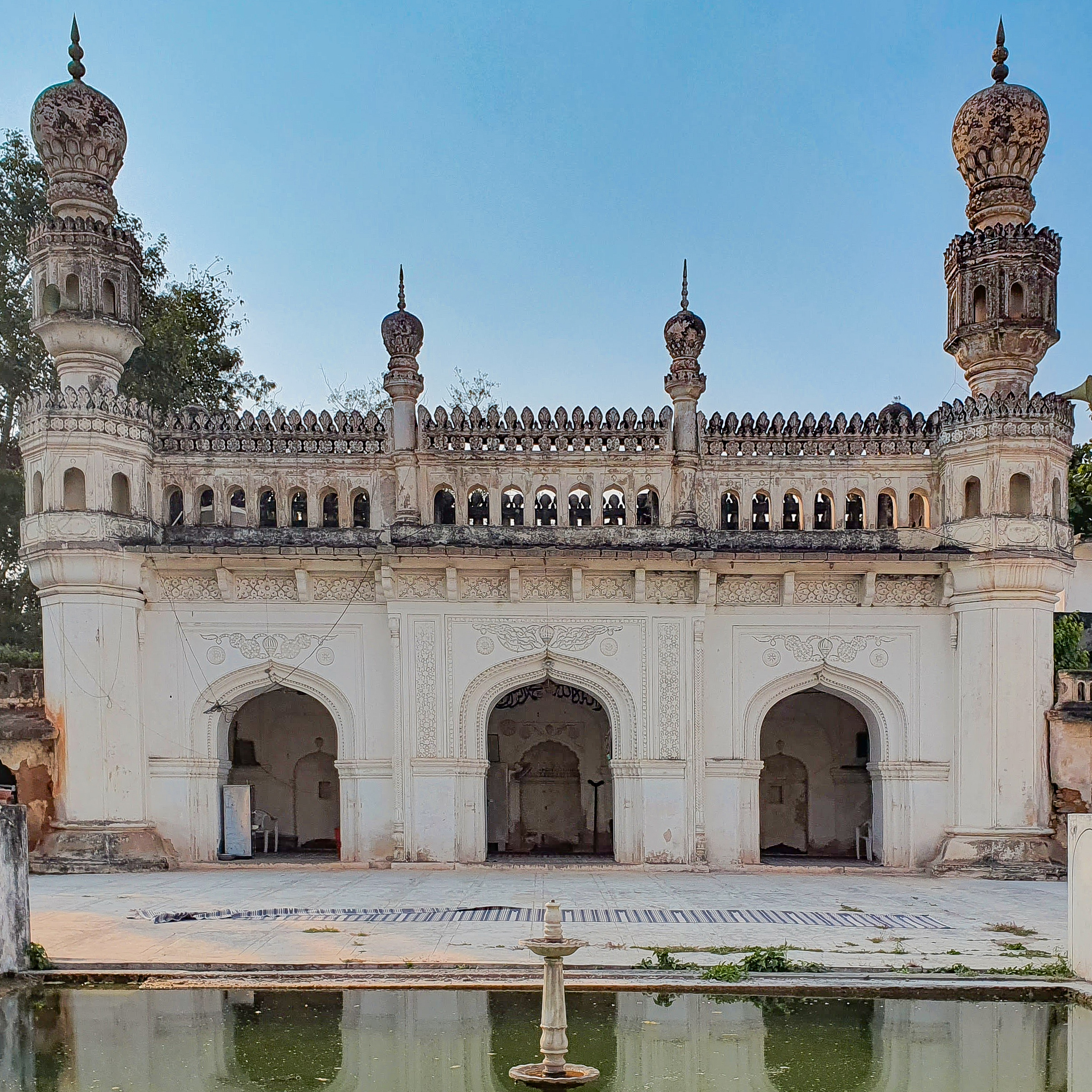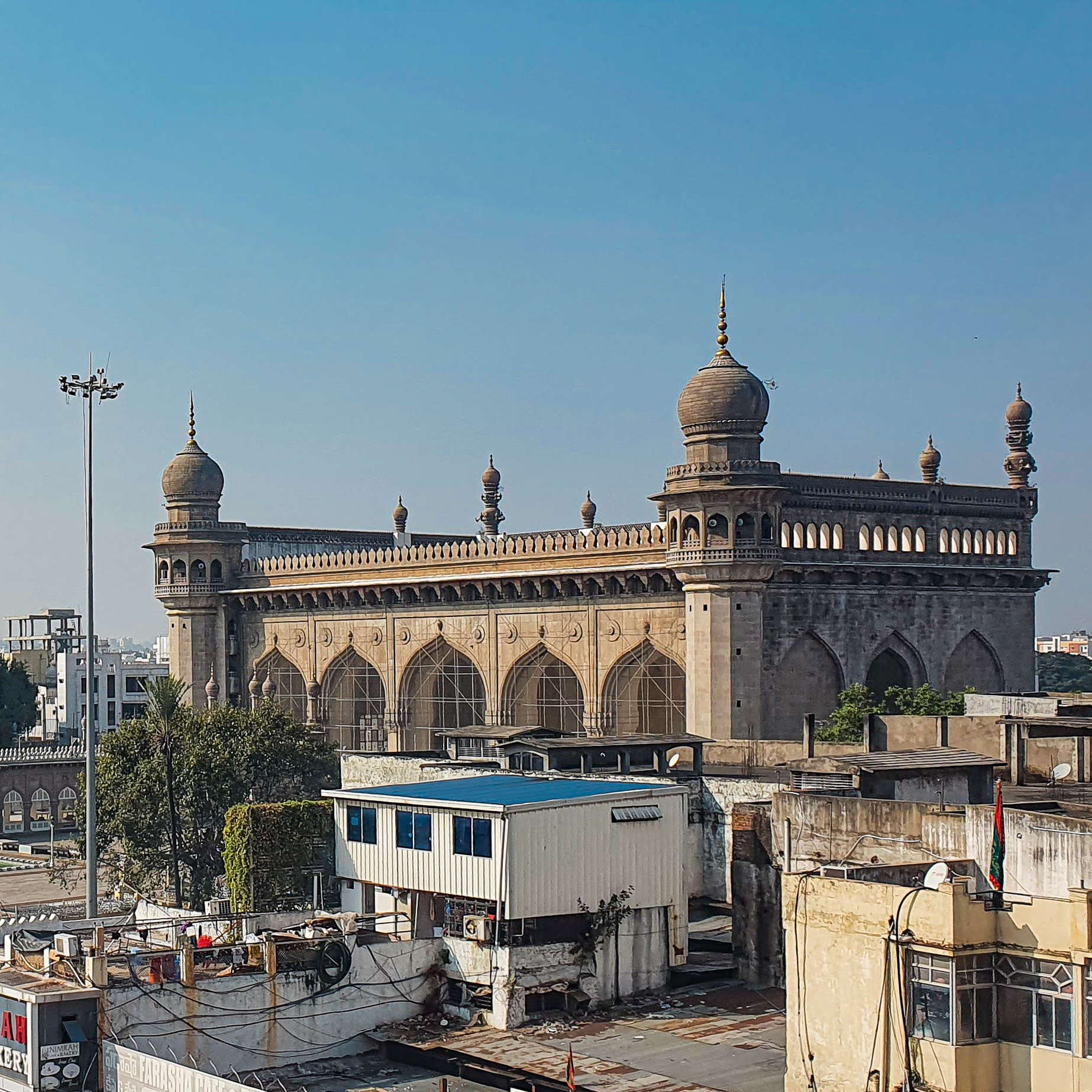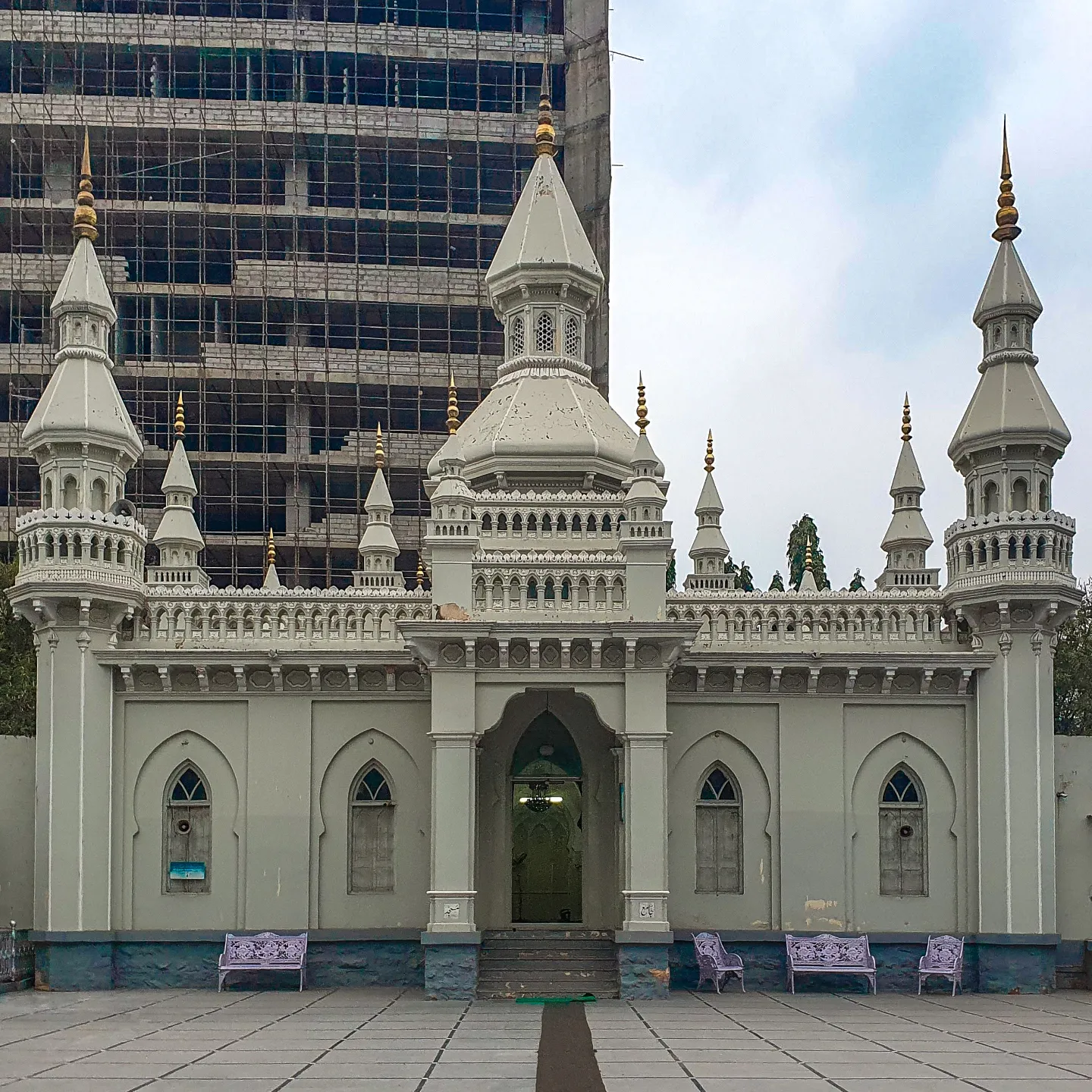Mosques of Hyderabad
Sam Dalrymple
In 1944, the last Ottoman Caliph Abdulmejid II passed away in his sleep. His title had been abolished decades earlier by the Turkish Government, but nonetheless millions of Sunni Muslims – particularly in India – continued to see him as the leader of global Islam.
His will was read soon after his death and to everyone’s surprise he nominated as his successor his grandson Mukarram Jah, future Nizam of Hyderabad.
The idea of a city in Telangana being the centre of the Islamic Caliphate may seem unbelievable today. But for the first half of the twentieth century, Hyderabad was regarded as “the most prominent Muslim city outside of the Holy Land”, its name uttered in the same breath as Mecca and Jerusalem. This despite the state’s Hindu majority.
But as Hyderabad tried to remain outside of the Indian union, the kingdom descended into a civil war between the feudal gentry, communists and the militant islamist razakars. The Indian Army eventually intervened but by then communal bloodshed had erupted on unprecedented scale.
The modern Indian state of Telangana may not usually be associated with Partition, but in 1948, the scale of migration to and from the region was comparable to Bengal and Punjab.
Today, Telangana’s Islamic heritage is largely overlooked. But for 700 years, Hyderabad produced some of the most fascinating Islamic architecture in the world.
Depicted here are 8 stand-out mosques in the city. From the 16th century Qutb Shahi monuments (photos 1-5) to the 17th century century Mecca Masjid (photo 6), the 18th century Paigah Tombs (photo 7) and the 20th century Spanish mosque (photo 8), Hyderabad really has it all!
The Deccan Heritage Foundation x Sam Dalrymple – A series that uncovers the history of Hyderabad through the eyes of Historian Sam Dalrymple. This article originally appeared on the Deccan Heritage Foundation Instagram page.
More from the series
The Millenial City of the Telugu Sultans
Sam Dalrymple
Palaces of Nizami Hyderabad
Sam Dalrymple
The Great Citadel of the Deccan
Sam Dalrymple
Chowmahalla Palace
Sam Dalrymple
The Vassals of Hyderabad
Sam Dalrymple

